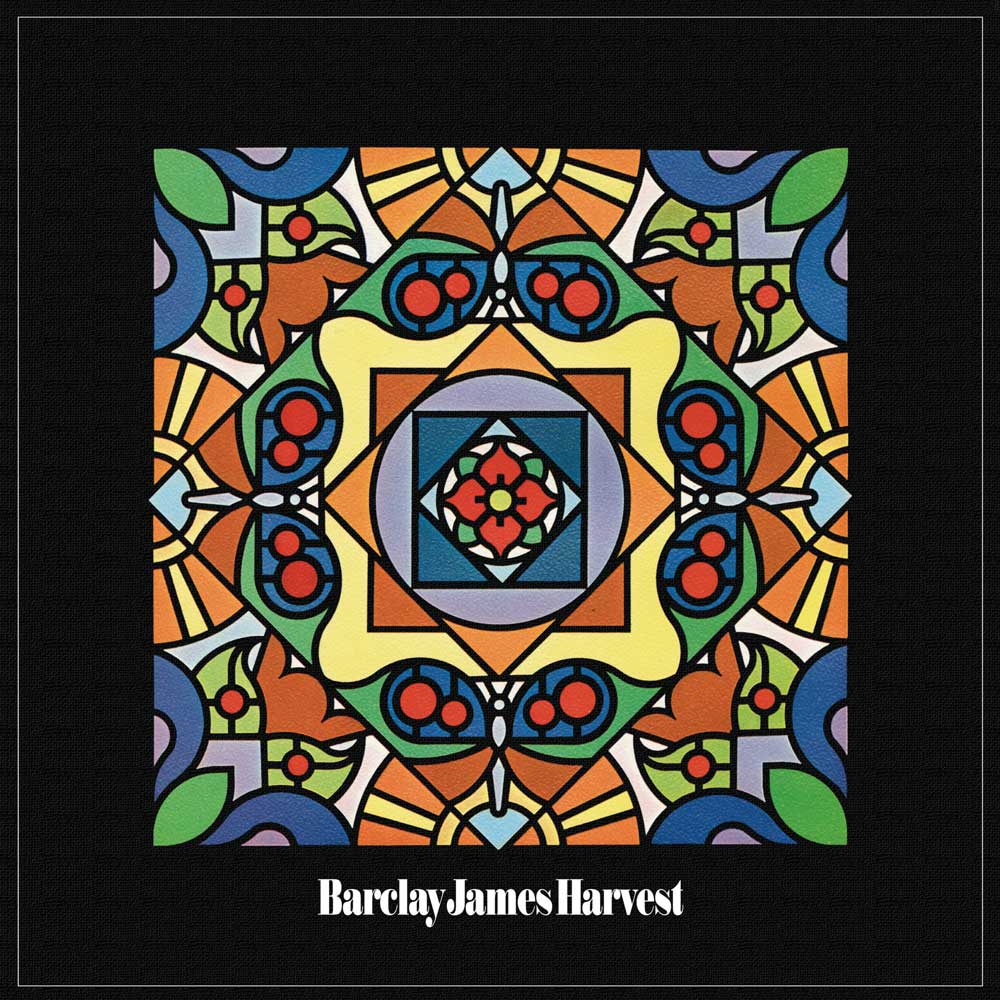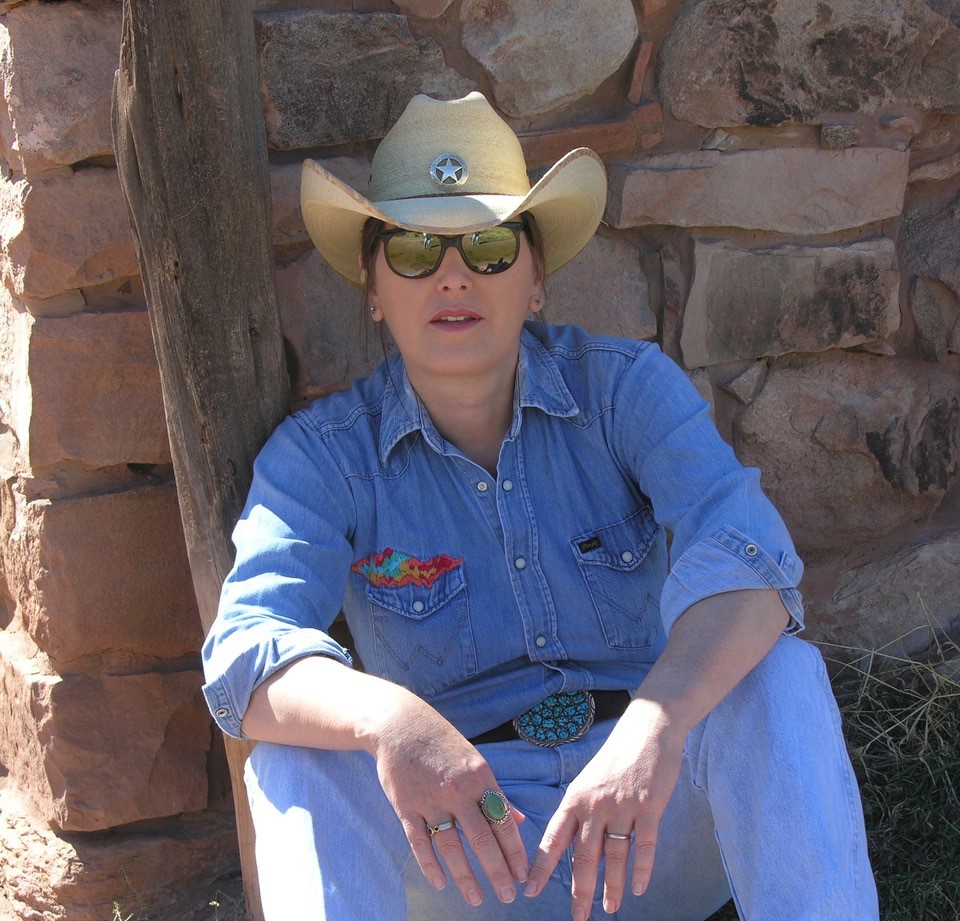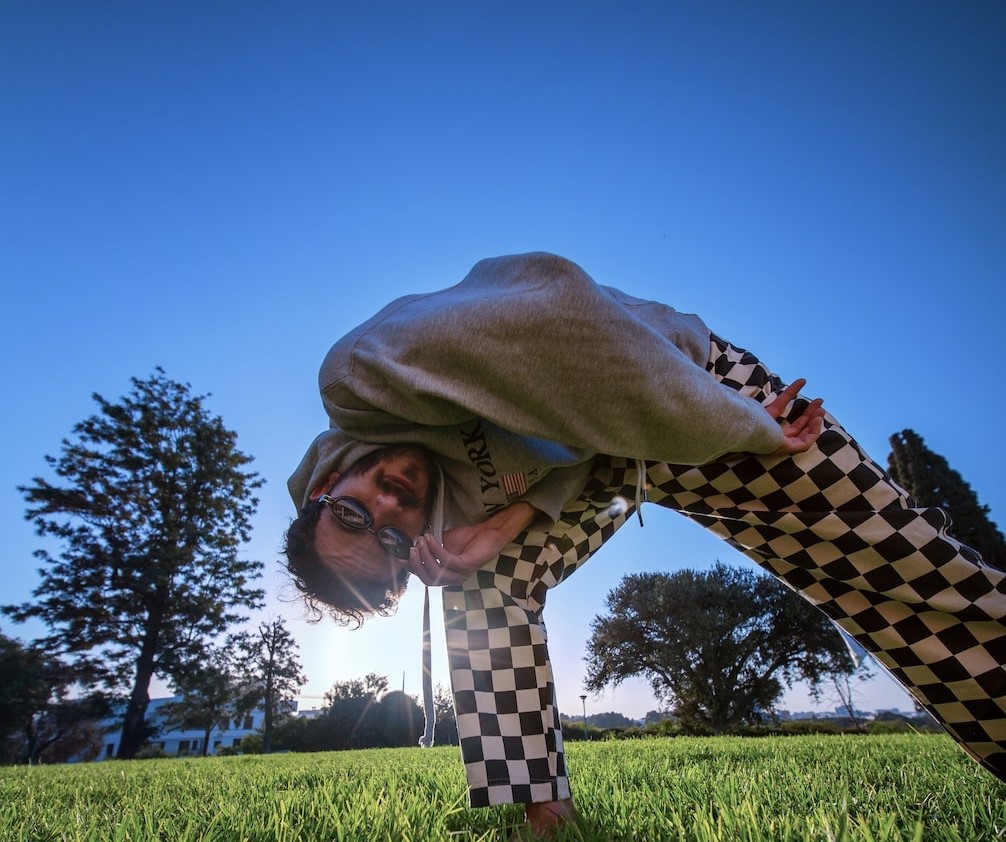Barclay James Harvest – ‘Barclay James Harvest’ (1970)
Music-finders all, how do we come to our stuff today in this new century? Much of course forms the core of our collection, as if DNA-like essence from youth. Over time this becomes shaped via nostalgia, honed by new discoveries and a wish, maybe, for a fuller picture of the time and its genre. Great stuff!
For those unwilling to accept the invisible, not to say selfish, world of download, the physical package adds dimensions to nostalgia like a defence network against encroaching hurly burly, awakens moods and memories, articulates joys or regrets, and generally speaks as if a commentary to life through music shared. It is the frisson of collecting treasure far and wide, maybe from Probe in Liverpool, Roxy Bratislava, ‘Megadisc’ in Warsaw or ‘City Music Berlin’. Haven districts too from Japan to Canada with Paris, Brussels and London’s Soho in between. Even ‘Whispers’ in Leipzig, a shop with the rudest staff who still aren’t aware they should treat items sold let alone customers with respect. Such is the world today for each buff far and wide, with personal experiences diverse as musical genres.
Tastes come to us by similar happenstance. For example, listening to late night DJs like John Peel and Bob Harris for sounds unforgettable, such as Barclay James Harvest from miles away in the musical hotbed of Oldham. Per se I am not a prog fan, who cares, but BJH were something special, defying pigeon-holes or even clichés that categories suggest. Encompassing most of the styles of the time, and some to come, even their name was unique (a bank, a member’s middle-name, and the farm house lent by a patron manager from single words drawn from a hat), and it further coined a label name bright in the history of rock music fifty years after its inception.
John Lees (guitars, vocals), Les Holroyd (bass, keys, vocals), Mel Pritchard (drums and percussion, died 2004 in his sleep), and Stuart ‘Woolly’ Wolstenhome (vocals, keys including mellotron, guitar; suicide sadly in 2010 due to mental problems), all born within a year from January 1947, formed when 19 from two local bands that were more bluesy. Retreating to a farm house owned by new manager John Crowther, owner of ‘Go!’ fashion boutique seeking to branch out into music and films (the band featured in a Granada TV documentary before even recording a song), they crafted hooks bright enough to shine and glint a pirate armada. In their debut’s wake was a galleon called The Moody Blues et al, another coloured like The Strawbs, a couple flew the flag of Love, Procol Harum and Vanilla Fudge, another had solos acid or restrained while all were decorated with beauty. The band actually thought the new name would only be a stop-gap but it shines bright still today among the flotilla of modern music.
After recording three demos, two of which became their first single, another short documentary by Granada featured the band. In April ’68 a non-album single (its A-side is said to be the band’s only group composition in their history!) was leased to Parlophone of Beatles fame, but it sunk in spite of John Peel loving it and inviting them for two ‘Top Gear’ BBC sessions in April and July ’68 which appeared on the Harvest 5-CD collection in 2011. A session that month in London’s Chappell Studio laid the first tapes for their album, but were declined by the label. These have been released now on Esoteric’s issue of the newly-remastered first album along with their first singles and a superb booklet with new photos. After playing Middle Earth with The Gun and with Pink Floyd at All Saints (where Hawkwind and Quintessence set the seal for London’s counter-culture), a Roundhouse gig in December first introduced them to R.J.Godfrey who directed their arrangements before forming his own band The Enid.
The group transferred to the new Harvest label that they had a hand in naming. With a logo designed by Roger Dean, it featured such as Pink Floyd, Deep Purple and the ever-genuine Edgar Broughton Band among numerous legends (though its first no.1 was not until mid-1973 with Wizzard’s See My Baby Jive). BJH’s eponymous debut LP shines seven gems from the depths of artistry. Few sales but great reviews set their compass. Orchestral arrangements, so redolent of the band even when they restricted themselves to a four-piece, were performed by the New Symphonia Orchestra who were then student-based, thus requiring much time and tape-splicing (on just two 8-track machines!) in that dawning era of newly mixed genres.
Musical director for their second single at Abbey Road six months later, Godfrey also contributed organ and backing vocals to the next single’s Brother Thrush. It was produced by Norman Smith (Beatles, Floyd, Pretty Things etc and two top ten hits as Hurricane Smith) who did their debut album from 8th November 1969 to late January 1970. A short tour of Belgium and some UK gigs were squeezed in too. White labels were out by March but the band weren’t happy with the sleeve design until a stained-glass butterfly, designed by Ian Latimer, became their enduring trademark on the album released June 5th 1970. The gatefold featured photos from local sites round their base in Diggle, Lancashire.
Taking Some Time On is a tongue-in-cheek hippy anthem reminiscent of Dando Shaft, written by John Lees and sung by Les Holroyd. This upbeat opener, first called Being Satisfied, nicely coils swirling twin lead guitars, fuzz bass, and percussion by their local friend James Litherland, later in Colosseum. Its punchy psych guitar and drums is a classic debut opener. Nestling between three five-minute-plus tracks on side one is the erudite Lees’ shorter Mother Dear, a Poe-like Gothic mystery (about dream-like figures in black or white) as an acoustic, string-laden gem first penned in ’67. The Sun Will Never Shine was the first song completed on the opening day of London sessions as a brooding ‘antidote’ to Mr Sunshine (B-side of their first single) about hiding from the bright light of day according to composer Woolly. Holroyd’s only song to make the cut closes side one featuring an adaptation of Handel’s Winter Music. First called When The World Has Woken, a studio bod mistyped Was instead of Has and this error became replicated on the sleeve and label.
The three songs of the original vinyl’s second side opens with Good Love Child, a rollicking rocker by Lees (with Les on lead vocal) that was originally earmarked as a promotional song before being shelved. The Iron Maiden is Woolly’s ‘kind of medieval olde Englishe style’ that was actually about a not very nice girl nicknamed Behemoth! These lead up to the 12-minute Dark Now My Sky, an ambitious prog anthem based on a then-popular ecology book (The Silent Spring by Rachel Carson) opening with mock-Shakespearean spoken word concluded by Godfrey’s unscripted laugh. Melancholy is contrasted with soaring guitar solos for atmospheric power highlighted again on their awe-inspiring After The Day, featured on a later Harvest sampler in one of the high-marks of the mellotron. A follow-up single in August, of another mix of the album’s opener together with The Iron Maiden, also failed sales-wise.
The album attracted not only the BBC’s John Peel but also Alan Freeman, who particularly liked the epic closer. The Iron Maiden was broadcast as well in a film clip about the return of the steamship SS Great Britain, shown on ‘Disco Two’ that became ‘The Old Grey Whistle Test’. Its enduring quality is newly covered on a single by Swedish duo Us and Them. The album with orchestra was toured, but ‘the further north we got the smaller the orchestra became’ recalls John Lees. Improvisation was still possible however so long as it finished when it was supposed to. The set-list also featured two songs that were among the most beautiful of the whole period, Galadriel (based on Tolkien) and Mocking Bird, featured on their next LP ‘Once Again’ in February 1971 during Abbey Road sessions encompassing most of October and November.
Esoteric’s newly remastered release from the original tapes in superb quality has nine bonus tracks: the first two non-album singles, a three-song tape recorded in ’68 at Advision Studio (Pools of Blue; I Can’t Go On Without You; Eden Unobtainable), and a variant recording of Pools of Blue the same month from a different studio. After four albums, the last played extensively on Radio Caroline and a live LP hitting the top 20, they transferred to Polydor in ’72 and later featured in huge Berlin concerts celebrating Glasnost where they’ve always been top league. When ‘Gone To Earth’ reached #30 in the UK it made #10 in Germany and stayed in the charts for 197 weeks (in 2011 it was #6 of all-time longevity in their charts). In Austria they have been top ten with months in the charts. But in English-speaking countries they remain much less known, despite selling millions (7 million alone in the ‘70s) since their debut spanned the embers of psych while heralding the oncoming prog and AOR eras.
This release also forms the opening disc of the new expanded edition of 3 CDs and a DVD. Disc two is a new stereo mix of the album with selected tracks from the bonus material. Together with BBC sessions of the period, some of which is new to CD and not on the Harvest box-set, there is a Wolstenholme solo demo from ’69. The DVD, in 5.1 Surround Mix, includes the group’s 1968 short tv documentary featuring three songs including their soon-to-be first single.

Notable for melodic and harmonic compositions, sometimes beautiful rather than complex for its own sake, their catalogue is compellingly warm yet undervalued or even overlooked. It didn’t do any favours for Harvest to be issued on Sire in America, and there was no big hit that so helped Procol Harum. Certainly like them they were pioneers of the genre and endowed it with musical credibility as a craft instilling beauty and provoking thought. BJH include social commentary and politics too, unlike some proggers in their ivory towers. War, peace, poverty, social class, miners, suicide, native cultures, ecology and more while the music stands alone irrespective of one’s viewpoint. Anthems are propelled by incisive or keening guitars and vocal harmony, spectacular but never showy drumming and driving bass: styles and emotions evoked are a broad spectrum indeed.
Barclay James Harvest fractured into two bands in 1998 but continue strong. Separate writing skills perfectly blend: scrolling in modern parlance is impossible in their case, dipping isn’t enough, one feels the need to bathe or sail end to end. The studio legacy in every decade spawned numerous live editions and even more compilations. Once enjoyed you might not play them every day (who does for any music anyway?), but when you return to their evocative albums started here it’s an automatic response to wonder why you didn’t!
Brian R. Banks
Barclay James Harvest – ‘Barclay James Harvest’ (Esoteric Recordings, 1970/2018)



